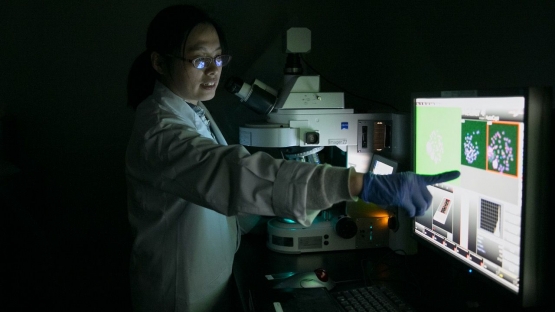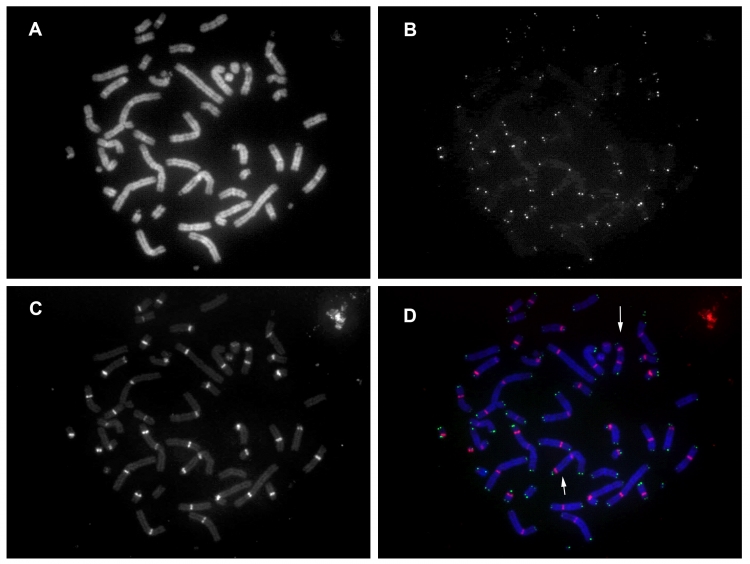Biodosimetry – the measurement of biological response to radiation – plays an important role in the detection of radiosensitive individuals who may require radiation procedures, according to interim results of an IAEA coordinated research project (CRP).
Biological dosimetry, or biodosimetry for short, can help accurately reconstruct the dose of radiation received by an individual by using biological markers, for example, in their blood, to visualize chromosomal abnormalities caused by radiation in white blood cells called lymphocytes.
The IAEA initiated a CRP on the‘Applications of biological dosimetry methods in radiation oncology, nuclear medicine, diagnostic and interventional radiology’ in 2017. The project has attracted 31 institutions from 28 countries, making it the largest CRP conducted in the area of human health, reflecting the importance of this area of research.
Biodosimetry is one of the most developed branches of radiobiology; its technical aspects are well refined and have reached the level of international standardization.
This project was initiated upon the request of experts from around the world to gain a better understanding of biodosimetry and how it can be applied to improve clinical radiation medical practice. It follows from a project from 2012-2017, ?which was dedicated to improving biodosimetry techniques and intensifying collaboration among institutes worldwide.
The current CRP aims to strengthen and enhance the scope of biodosimetry, fill gaps in knowledge and develop new approaches to assist with the transition to personalized medicine, with progress outlined in a 2019 paper published in the Radiation Protection Dosimetry journal.
With one year still left before the closing of this CRP, this project has already provided significant findings showing that biodosimetry could help radiation medicine specialists improve clinical outcomes in their daily practice,



